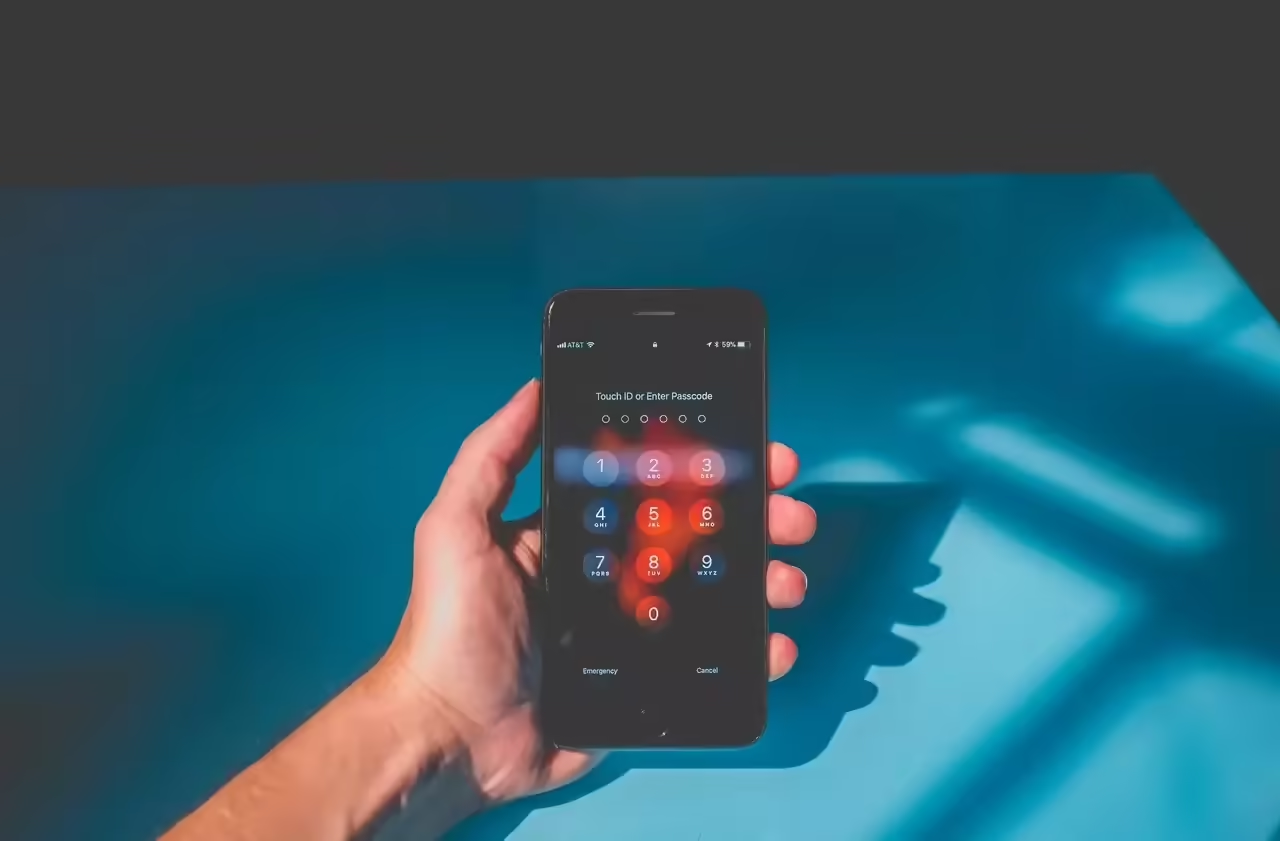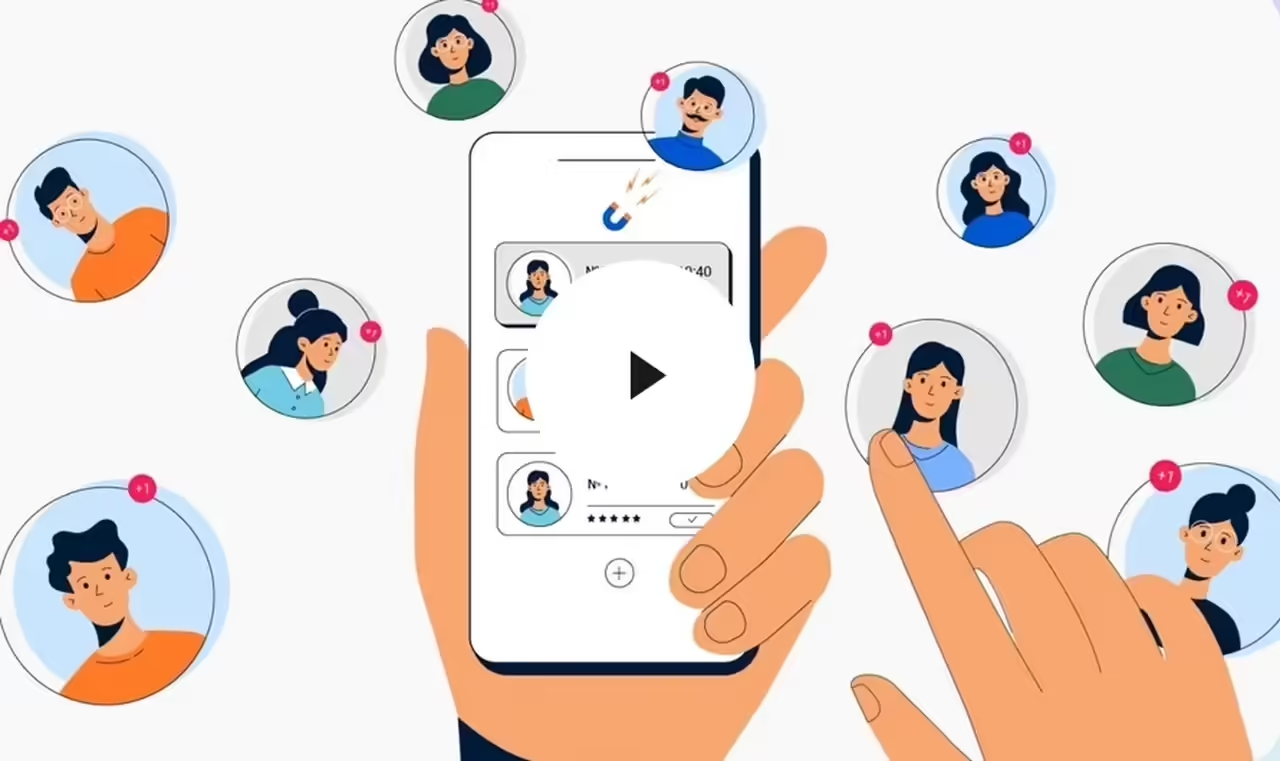
Why It’s Important to Protect Your Cell Phone
In the current digital era, mobile phones have evolved from simple communication devices to indispensable multifunctional tools. We use our cell phones for a wide variety of daily activities: from communication and entertainment to financial management and storing personal information. With this growing dependency, mobile security has become a paramount concern. Protecting our devices is not only essential to safeguard our personal information but also to maintain the integrity of our digital activities and prevent potential threats.
Protection of Personal Information
Mobile phones contain a wealth of personal information, from contacts and photos to emails and important documents. Without adequate security measures, this information can be accessible to unauthorized individuals, leading to identity theft, fraud, and other criminal activities.
Financial Security
Many users conduct banking transactions and online purchases through their mobile phones. Protecting your device helps prevent unauthorized access to your financial accounts, reducing the risk of fraud and financial losses.
Communication Privacy
Our cell phones are an extension of our private lives, containing messages and calls that should not be accessible to third parties. Lack of security can compromise this privacy, allowing malicious actors to intercept or access our communications.
Protection against Malware
Mobile phones, like computers, are susceptible to malware, which can steal information, track your activities, or even damage the device. Keeping your cell phone secure is crucial to prevent malware infections and ensure optimal device performance.
Application Integrity
Mobile applications can be vulnerable to attacks if not adequately protected. Ensuring that the applications on your device are secure helps prevent the exploitation of vulnerabilities that could compromise your information and that of the device.
Common Mobile Security Threats
Malware and Spyware
Malware, including viruses, Trojans, and ransomware, can infect your device through unsafe app downloads, malicious links, or email attachments. Once inside, malware can steal information, track your activities, or even lock your device until a ransom is paid. Spyware, on the other hand, is installed without your knowledge and monitors your activities, collecting sensitive data.
Phishing
Phishing is a social engineering technique where attackers impersonate trusted entities to deceive you into revealing personal information such as passwords or credit card data. This type of attack can come through emails, text messages, or even messaging apps.
Insecure Wi-Fi Networks
Connecting to public or insecure Wi-Fi networks can expose your device to data interceptions. Attackers can set up fake access points or use sniffing techniques to capture information transmitted over the network.
Exploitation of Vulnerabilities
Mobile operating systems and applications may have vulnerabilities that attackers can exploit to gain unauthorized access to your device. It is crucial to keep the software updated to close these security gaps.
Device Theft or Loss
The physical loss of your device can jeopardize all the information stored on it. Stolen phones can be accessed and used by unauthorized individuals if not protected with strong passwords or additional security measures such as encryption.
Unsecure Applications
Downloading applications from untrusted sources can introduce malware to your device. Additionally, some applications may request unnecessary permissions that could compromise your privacy and security.
The Simple Trick Revealed: What Trick Do Experts Recommend?
In the world of mobile security, there are many measures and best practices to protect our devices. However, experts agree that one of the simplest and most effective tricks to significantly improve the security of your mobile phone is to enable two-factor authentication (2FA). This method adds an extra layer of security that can protect your information even if your passwords are compromised.
Two-Factor Authentication (2FA)
Two-factor authentication (2FA) is an additional layer of security used to secure user accounts. Instead of relying solely on a password, 2FA requires a second form of verification, making it much harder for attackers to access your account. Even if they manage to obtain your password, they will need the second factor to gain entry.
How to Implement This Trick Step by Step
Step 1: Select a 2FA Method
There are several 2FA methods you can use, including:
Authentication apps: Apps like Google Authenticator, Authy, or Microsoft Authenticator generate temporary codes that you must enter along with your password. SMS: You receive a verification code via text message. Security keys: Physical devices that you connect to your phone or computer to verify your identity. Biometric authentication: Use of fingerprints, facial recognition, or iris scanners. Step 2: Set Up 2FA on Your Accounts
To set up 2FA, you’ll need to enable it on each of your accounts. Below are steps on how to do it on some of the most popular services:
Access your Google account and go to “Security.” Select “2-Step Verification” and click “Get Started.” Choose your verification method: You can opt for text messages, Google Authenticator, or security keys. Follow the instructions to complete the setup. Facebook
Access your Facebook account and go to “Settings & Privacy.” Select “Security and Login.” Scroll down to “Use two-factor authentication” and click “Edit.” Choose your security method: You can use an authentication app or SMS. Follow the instructions to set up 2FA.
Apple (Apple ID)
Access “Settings” on your iPhone. Tap your name at the top and select “Password & Security.” Select “Set Up Two-Factor Authentication.” Follow the instructions to complete the process. Other Services
For other services, look in the security or account settings. Most major platforms, such as Twitter, Instagram, and Amazon, have 2FA options in their settings menus.
Step 3: Keep Your Recovery Codes Secure
During 2FA setup, many services will provide you with recovery codes. These codes are essential if you lose access to your second factor (e.g., if you lose your phone). Make sure to store these codes in a secure place.
Step 4: Test Your Setup
Once you’ve set up 2FA, test the setup to ensure everything works correctly. Try logging in from another device and verify that you’re prompted for the second authentication factor.
Step 5: Keep Your 2FA Methods Updated
Periodically review your 2FA methods to ensure they’re up to date. If you change your phone number or device, update your 2FA methods accordingly.
How This Trick Works: Two-Factor Authentication
Two-factor authentication (2FA) is a security measure that adds an additional layer of protection to user accounts, making it significantly more challenging for attackers to access them. Here’s a technical explanation of how it works and why it’s so effective.
Technical Explanation of Why This Trick is Effective
The Two Authentication Factors
2FA combines something you know (your password) with something you have (a verification code or security key). These are the two factors used:
First Factor: Password
The password is a standard security measure that verifies your identity. However, passwords can be compromised through techniques like phishing, keylogging, or brute force attacks. Second Factor: Verification Code or Security Key
This is a temporary code generated from an authentication app, sent via SMS, or provided by a physical security key. Codes are usually valid for only a short period, limiting the window of opportunity for attackers. How the Process Works
Login:
When you attempt to log in to an account, you enter your username and password (first factor). Second Factor Verification:
The system prompts you to enter a verification code (second factor) sent to your phone, generated by an app, or provided by a security key. Access Granted:
Only if both factors are correct, you are granted access to your account. Enhanced Security
Double Protection Barrier: Even if an attacker obtains your password, they will need the second factor to access your account. Temporary Code: Verification codes are valid for only a short time, reducing the likelihood of them being used by someone else. Separate Channel: Delivering the second factor through a separate channel (such as SMS or an authentication app) adds an extra layer of security. Examples of How It Prevents Specific Attacks
Phishing Attack
Scenario:
An attacker sends a fake email that appears to come from a legitimate entity, requesting you to enter your password on a fake website. How 2FA Prevents the Attack:
Even if you fall for the trick and provide your password, the attacker won’t be able to access your account without the second authentication factor, which is delivered to your personal device. Brute Force Attack
Scenario:
An attacker uses automated software to try millions of password combinations until finding the correct one. How 2FA Prevents the Attack:
Even if the attacker manages to discover your password through brute force, they still need the second factor, which changes constantly and cannot be guessed through this method. Keylogging
Scenario:
An attacker installs a keylogger on your device, recording every keystroke you make, including your username and password. How 2FA Prevents the Attack:
The keylogger may capture your password, but it won’t be able to capture the temporary code generated by the authentication app or sent via SMS, as it changes frequently and requires physical access to your device. Unauthorized Access to a Public Network
Scenario:
You connect to an insecure public Wi-Fi network, and an attacker on the same network intercepts your login data. How 2FA Prevents the Attack:
Even if the attacker intercepts your username and password, they still need the second factor to access your account. This factor isn’t transmitted over the network, protecting it from interception. Additional Benefits of Two-Factor Authentication (2FA)
Two-factor authentication (2FA) not only provides an additional layer of security against attacks but also offers several additional benefits that enhance both the performance and privacy of your devices. Below are some of these advantages.
Advantages Beyond Protection Against Attacks
Enhanced Confidence in Online Services
Reputation and Trust: Platforms that offer and promote 2FA are often seen as more secure and trustworthy. This can increase users’ confidence in these services and encourage greater adoption of their applications and platforms. Controlled Access
Granular Access: 2FA allows enterprise system administrators to better control who has access to sensitive information, helping maintain the integrity and security of business data. Reduced Need for Frequent Password Changes
Less Stress for the User: With 2FA, companies can relax policies requiring frequent password changes, which can be annoying for users. This reduces administrative burden and improves the user experience. Mitigation of Stolen Password Impact
Damage Mitigation: In case a password is stolen, the attacker still won’t be able to access the account without the second factor. This gives users time to change their passwords and protect their accounts. Improvements in Device Performance and Privacy
Reduced Workload for the Device
Fewer Unauthorized Login Attempts: By implementing 2FA, the number of unauthorized login attempts is reduced, decreasing the workload on servers and devices responsible for managing authentications. Protection Against Malicious Applications
Access Filtering: 2FA helps ensure that only authorized applications and users can access critical services, reducing the risk of malicious applications taking control of important parts of the system. Enhanced Data Privacy
Reduced Risk of Sensitive Information Exposure: By requiring a second factor to access information, the risk of personal data exposure in case of security breaches is significantly reduced. User Peace of Mind
Confidence in Security: Knowing that your account is protected by 2FA provides greater peace of mind and confidence to the user, allowing them to use their devices and online services without excessive worry about security. Resilience Against Automated Attacks
Protection Against Bots: Many automated attacks, such as bots attempting to access accounts using stolen password lists, are thwarted by 2FA, as these bots cannot provide the second factor. Incentive to Keep Devices Secure
Improvement in Security Habits: Adopting 2FA encourages better security practices among users, such as keeping their devices updated and being more cautious about the applications they install. Reduction of Password Dependency
Diversification of Security Measures: With 2FA, security doesn’t solely depend on password strength, allowing users to opt for more manageable passwords without compromising security.







